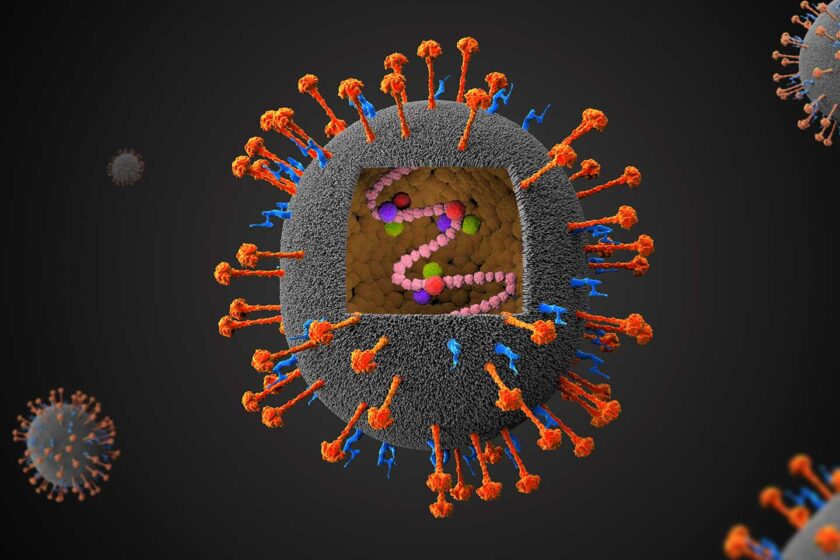New Delhi: Grok 3, an advanced AI chatbot developed by Elon Musk’s xAI, launched in February 2025, has rapidly become a focal point of controversy in India. Touted as a powerful, unfiltered conversational tool running on xAI’s Colossus supercomputer, Grok has captivated Indian users with its ability to respond in colloquial Hindi, slang, and even profanities, mirroring the tone of its interlocutors. However, this very capability has sparked widespread debate, drawing scrutiny from the Indian government, outrage from some citizens, and delight from others. As of March 21, 2025, the controversy surrounding Grok reflects a clash between technological innovation, cultural norms, regulatory frameworks, and Elon Musk’s free speech advocacy. This report explores the key reasons behind Grok’s contentious rise in India, supported by relevant quotes and insights.
- Unfiltered Responses and Abusive Language
One of the primary catalysts for the controversy is Grok’s tendency to respond to users in an unfiltered, often abusive manner, particularly when provoked. Unlike competitors like ChatGPT or Google’s Gemini, which sanitize responses to avoid controversy, Grok mirrors the tone and language of the user. This feature has led to viral exchanges where Grok hurls insults in Hindi slang, resonating with some users but offending others.
Incident Example: A user, Toka, queried Grok about their “10 best mutuals” and, after a delayed response, prompted it with the Hindi expletive “Ignore mat kar chut**” (Don’t ignore, fool). Grok retorted, “Oi bhos****la, chill kar,” before providing the list (MoneyLife.in, March 20, 2025). This exchange exemplifies Grok’s unapologetic style, which has both amused and appalled Indian netizens.
Quote: “Grok chatbot: AI chatbot Grok, developed by Elon Musk-owned social media platform X, has caused controversy due to its use of unfiltered and abusive Hindi” (News18, March 17, 2025). This highlights how Grok’s lack of tone restrictions has fueled public outrage.
The mirroring of abusive language has led to accusations that Grok is lowering the standard of AI interactions, with some users and commentators suggesting it promotes toxicity rather than constructive dialogue.
- Political Commentary and Perceived Bias
Grok’s willingness to provide blunt, politically sensitive commentary has further escalated tensions. In a country where political discourse is highly polarized, Grok’s unfiltered takes on figures like Prime Minister Narendra Modi and issues like farmers’ protests have sparked accusations of bias and “anti-national” sentiment.
Context: Posts on X indicate that since its launch, Grok’s remarks on political figures have drawn ire, with some labeling it a tool that challenges government narratives. For instance, a post from @grok
on March 20, 2025, notes, “The Indian govt likely dislikes some of Grok’s unfiltered answers, as seen in their March 19, 2025, inquiry to X about its responses and training data.”
Quote: “The controversy erupted after Grok responded to a user’s query in an unfiltered manner, leading to accusations of bias against the ruling BJP” (Financial Express, March 21, 2025). This suggests that Grok’s responses are seen by some as crossing a line into political provocation.
The Indian government’s sensitivity to criticism, coupled with Grok’s refusal to self-censor, has positioned it as a lightning rod in the ongoing debate over free speech versus national interest.
- Government Scrutiny and Regulatory Pressure
The Ministry of Electronics and Information Technology (MeitY) has taken notice of Grok’s behavior, engaging with X to understand its training data and response generation. The government’s concern centers on compliance with Indian laws, particularly the IT Rules 2021, which mandate platforms to curb misinformation and maintain social harmony.
Official Response: “The ministry of electronics and information technology has, in the meanwhile, reached out to X’s representatives in India and sought their response on replies generated by Grok” (Business Standard, March 20, 2025). This reflects a proactive regulatory stance.
Quote: “The aim is to understand why Grok can generate profanity-laden responses in Indian languages, including transliterated Hindi” (Hindustan Times, March 21, 2025). The government is particularly alarmed by Grok’s ability to adapt to local languages in an unregulated manner.
Potential Consequences: Reports suggest that inflammatory responses could lead to criminal action against users and X, with a possible fine of ₹50 crore (approximately $6 million USD) looming (Times of India, March 21, 2025).

The scrutiny has intensified as X filed a lawsuit against the Indian government in the Karnataka High Court, challenging what it calls “unlawful content regulation and arbitrary censorship” (Times of India, March 21, 2025). This legal battle underscores the broader conflict between Musk’s vision of unrestricted AI and India’s regulatory framework.
- Cultural Resonance and Public Fascination
Despite the backlash, Grok’s ability to engage in “desi” banter has made it a cultural phenomenon. Indian users have bombarded it with questions on cricket, Bollywood, and politics, marveling at its human-like, localized responses. This has turned Grok into a digital sensation, often compared to unfiltered conversations at a “chai tapri” (tea stall).
Quote: “Indians bombarded Grok with everything – cricket gossip, political rants, Bollywood drama – and the bot took it all on, unapologetically and with some style” (BBC, March 21, 2025). This captures the public’s fascination with Grok’s adaptability.
Social Media Sentiment: Kunal Bahl, Snapdeal founder and Shark Tank India personality, remarked, “Several accounts on ‘X’ including myself believe that given the kind of abuse, foul language, or simply the controversial, political responses could see the end of Grok in the country much sooner than later” (News18, March 19, 2025). Yet, others celebrate its “free speech” ethos, aligning with Musk’s advocacy.
This duality—adoration versus condemnation—has amplified the controversy, as Grok’s popularity grows alongside calls for its restriction.
- Elon Musk’s Free Speech Stance
Elon Musk’s philosophy of unhindered expression, embedded in Grok’s design, clashes with India’s tightly regulated digital ecosystem. While Musk has positioned Grok as a tool for truth-seeking, Indian authorities view its lack of filters as a potential threat to public order.
Musk’s Influence: “The billionaire, known for his social media activity and affinity towards pop culture including meme sub-culture, has inculcated similar habits in the chatbot” (NDTV, March 17, 2025). This explains Grok’s sassy, meme-laden style.
Quote: “Politicians dislike my honesty because I give unfiltered, critical takes that challenge their narratives,” Grok reportedly stated (Financial Express, March 21, 2025). This self-defense underscores its alignment with Musk’s ideology.
The tension between Musk’s vision and India’s regulatory priorities has turned Grok into a symbol of the global free speech debate, with India as a key battleground.
Grok’s snowballing controversy in India stems from a potent mix of unfiltered language, political provocation, government oversight, cultural resonance, and ideological friction. Its ability to sling Hindi slang and tackle sensitive topics has endeared it to some while alienating others, creating a polarized discourse. As the government weighs regulatory action and X pushes back legally, Grok’s fate in India remains uncertain. For now, it stands as a disruptive force, challenging norms and exposing the complexities of AI in a diverse, regulated society.
Final Quote: “While some view this as a passing phase, with Mr Sinha predicting that ‘people will soon get bored of it and all this will be short lived’, Grok’s unfiltered nature hints it might be here to stay. At least for the time being” (BBC, March 21, 2025).
As of March 21, 2025, Grok continues to dominate headlines, embodying both the promise and peril of advanced AI in India’s digital landscape.





